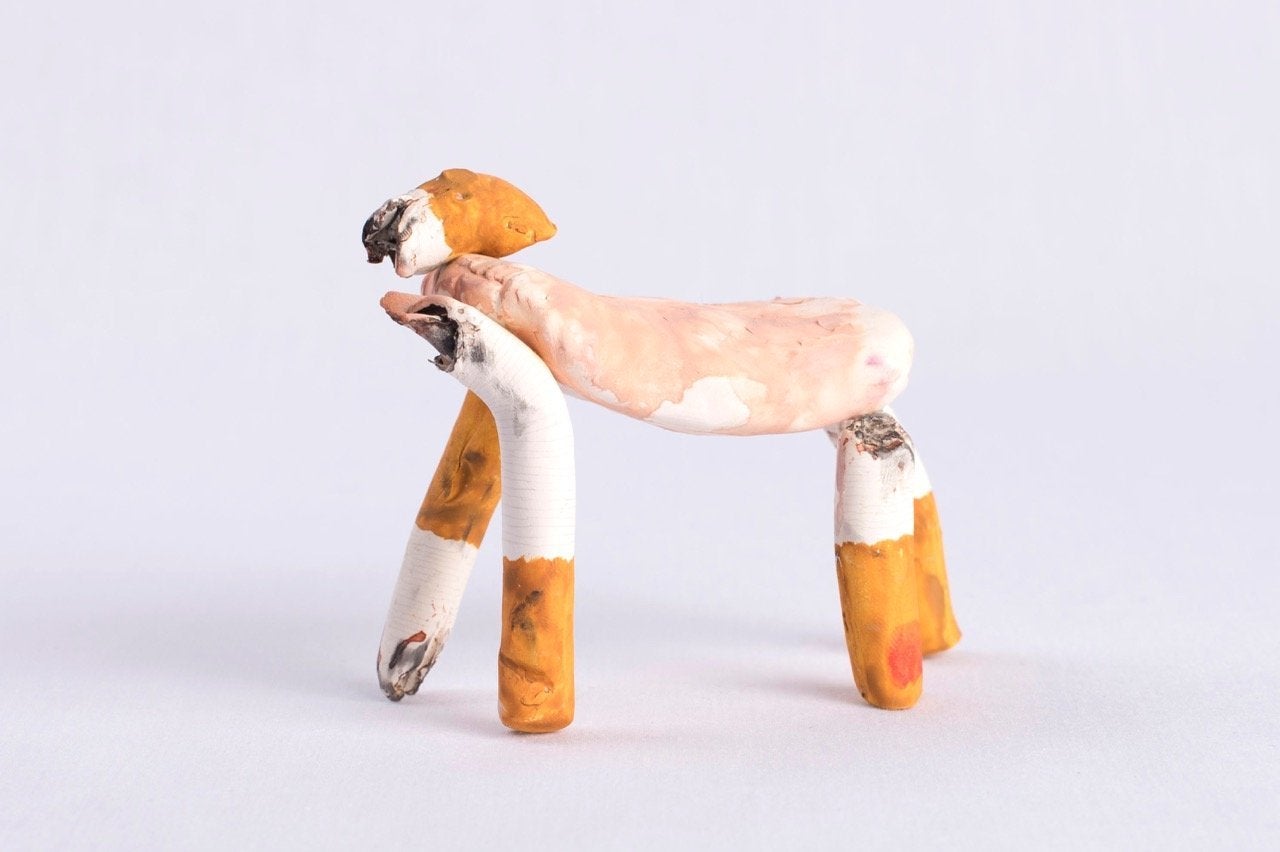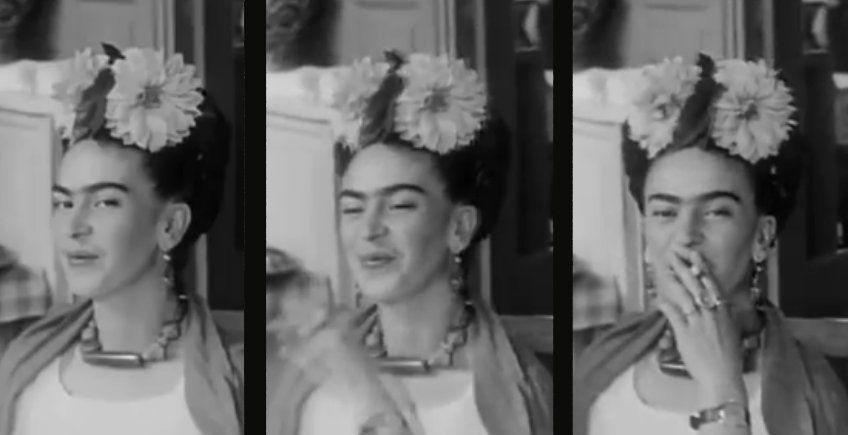When I took my first drag of a cigarette, it wasn't the rush of nicotine and tobacco I was excited for. It was the feel of the thing in my hand, slender and smooth, the most delicate weapon I could imagine. It was the theatrical gesture of inhaling a moment, pausing inside it and letting it go. But mostly, to be real, it was the opportunity to look and feel like a badass.
In the Invisible-Exports exhibition "Frida Smoked," six women artists explore the legacy of the compact vices, specifically in relation to ideas of femininity and creativity. What stereotypes come to mind when we see a woman light up a cig? And what do we see when we strip the paper cylinder of its cultural connotations and simply examine its shape, color and texture?
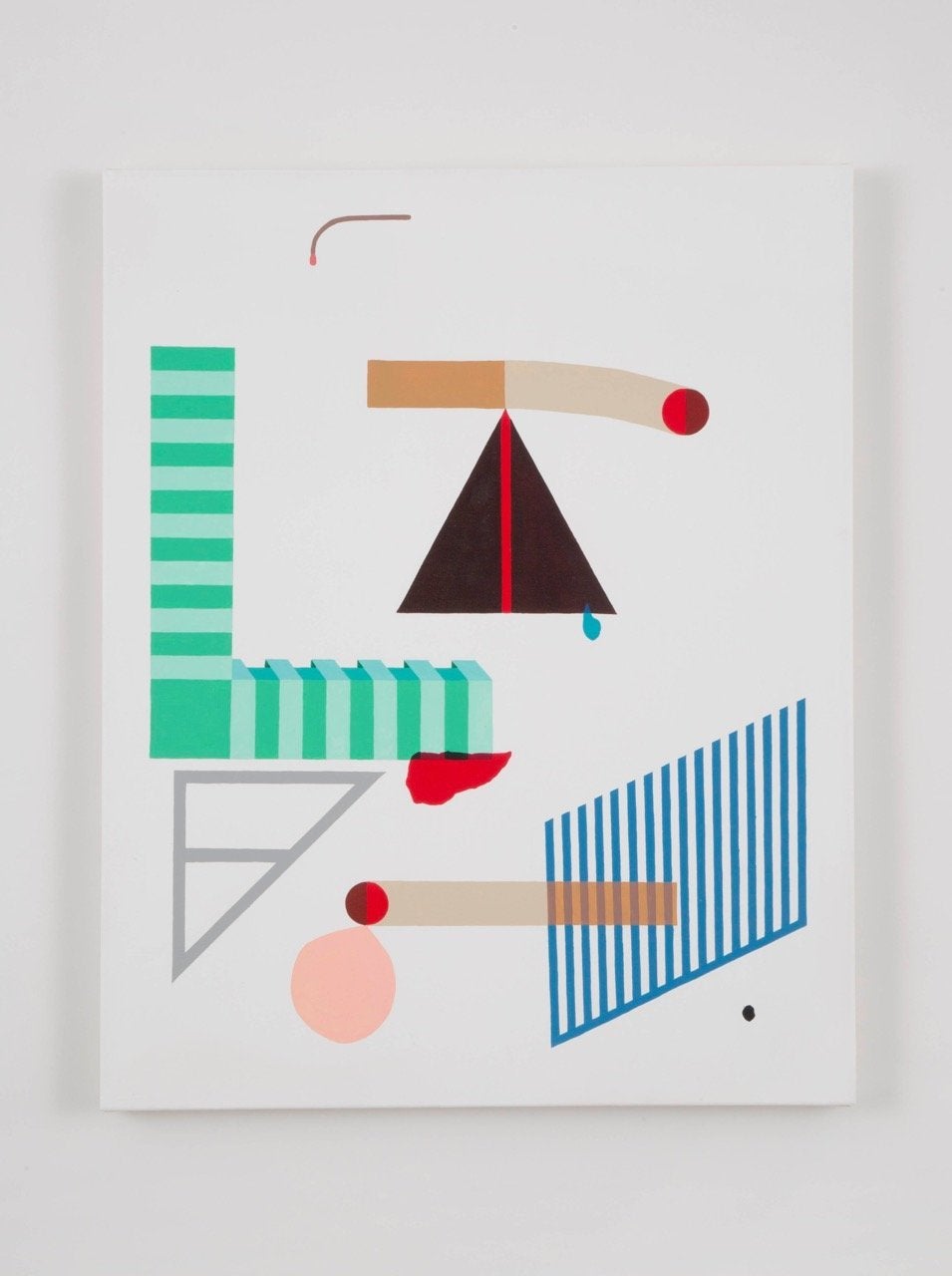
When cigarettes first emerged in the 17th century, they were a man's toy. In painting and photography, cigarettes only appeared in the hands of sex workers and promiscuous women on the outskirts of society. For centuries, women were believed incapable of properly inhaling a cigarette. In 1908, a woman was even arrested in New York City for lighting up.
Eventually, around the time of World War I, when cigarettes were being mass-produced and mass-marketed, women's lungs were finally deemed worthy of taking a puff. For the first time, cigarettes were marketed specifically to women, billed as symbols of freedom and gender parity.
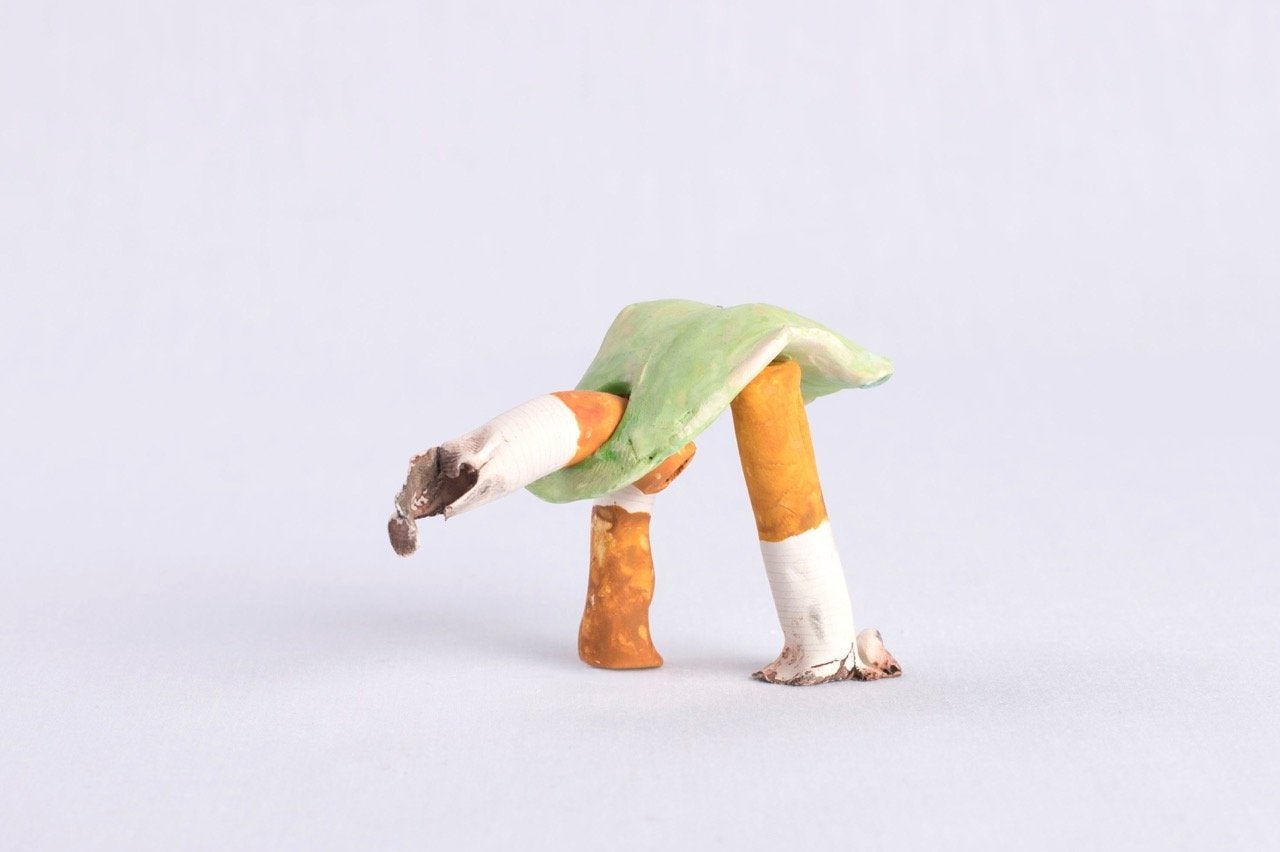
Today, women who smoke are often associated with certain clichés. There's the glamorous hot mess, as evidenced by Audrey Hepburn as Holly Golightly, Rita Hayworth's Gilda, and of course Carrie Bradshaw. And the not-so-glam hot mess, à la Bridget Jones. There's the good girl turned bad, like post-makeover Sandy in "Grease" or Molly Ringwald in "The Breakfast Club." Then there's the femme fatale, Uma Thurman in "Pulp Fiction," and the rebel, Winona Ryder in "Heathers."
To smoke cigarettes, especially in an age when its health dangers are widely researched and publicized, is an act of carefree defiance, privileging the drama of the moment over future guarantees. There's an undeniable poetry to the botched logic that enables the habit, the nebulous future price for the precious instances spent breathing fire.
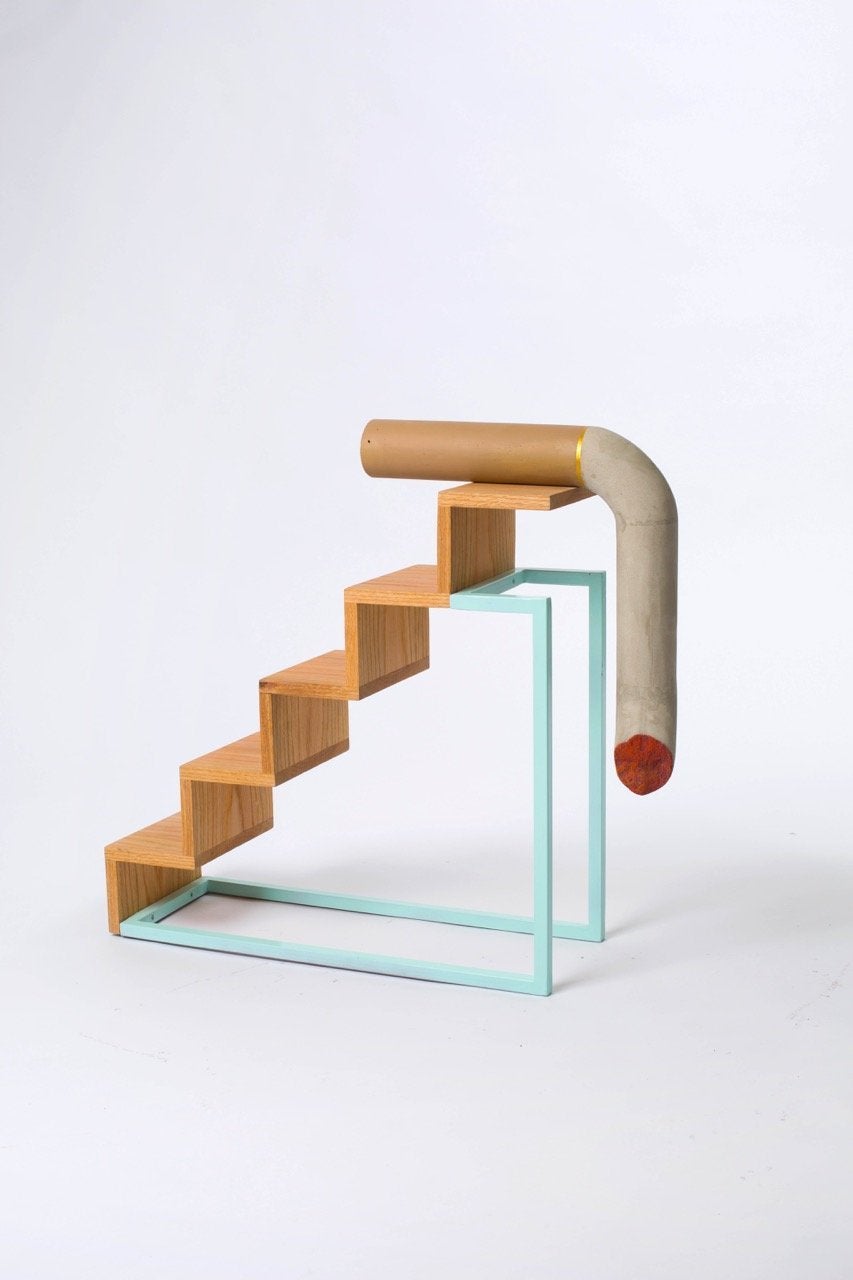
"A cigarette is a breathing space," John Berger beautifully put it. "It makes a parenthesis. The time of a cigarette is a parenthesis, and if it is shared, you are both in that parenthesis. It's like a proscenium arch for a dialogue."
Not too surprisingly, given its associations with transgression and whimsy, cigarettes are quite popular with the artist set. As Invisible Exports writes in their exhibition statement: "All artists smoked -- all the good naughty ones anyway." Cue the iconic image of queen Frida Kahlo in black and white, smirking at the camera while taking a drag. Pleasure, relaxation, sensation, excitement and defiance all rolled up in the tobacco.
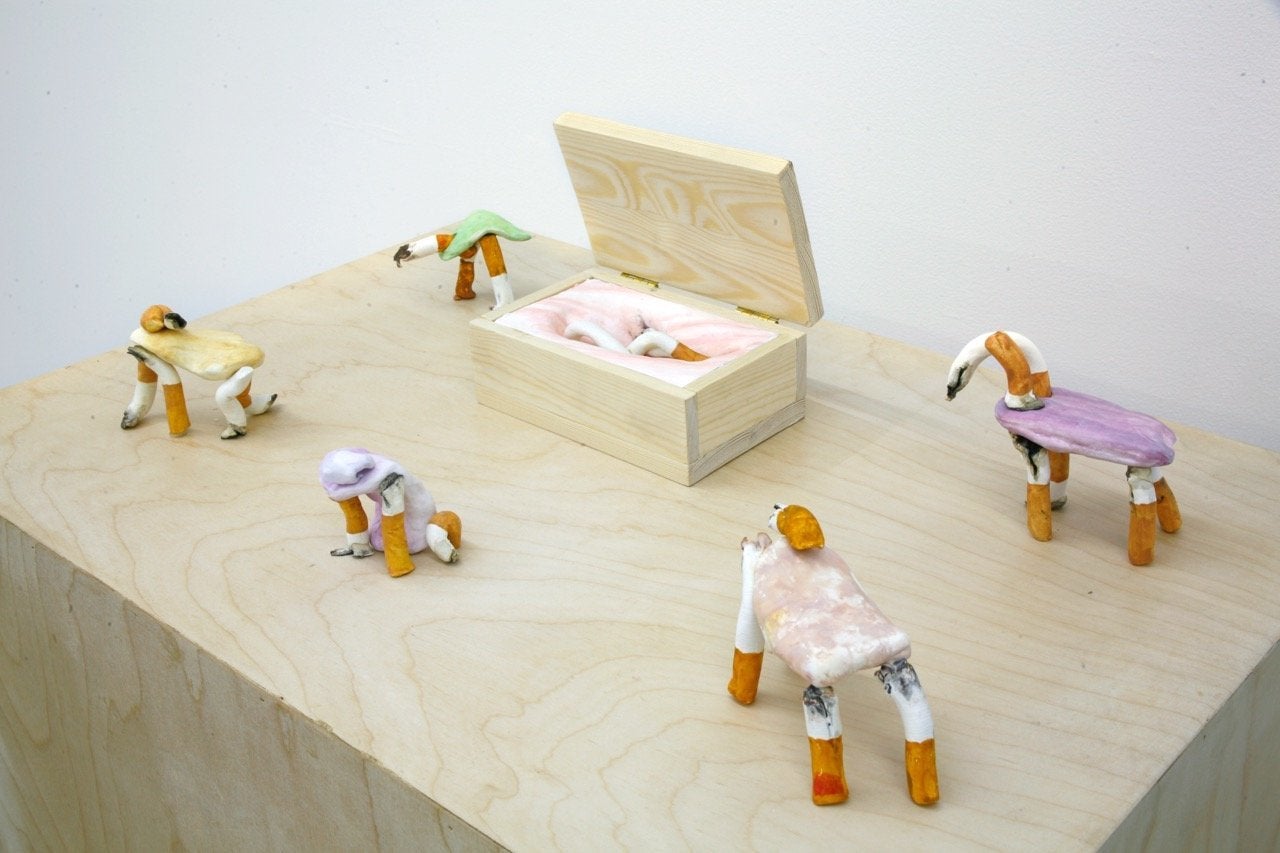
"Frida Smoked" features the work of six women contemporary artists who, I can only presume, have a soft spot for the cigs. Amanda Nedham's sculptures transform cigarettes into Gumby-esque limbs, contorted and colored to resemble a perched ostrich in one piece, a mountain gorilla in another. The animals converge around a cigarette placed in a wooden box, a coffin of sorts, bowing in reverence like a scene in "The Lion King."
Artist Genesis Belanger creates oil paintings and sculptures addressing the physicality of the cigarette -- namely, its phallic resemblance. As psychoanalyst A.A. Brill said in the 1920s, when trying to devise a marketing strategy to make women want to smoke: "Cigarettes were a symbol of the penis, and of male sexual power... If [advertisers] could find a way to connect cigarettes with the idea of challenging male power, then women would smoke, because then they would have their own penises."
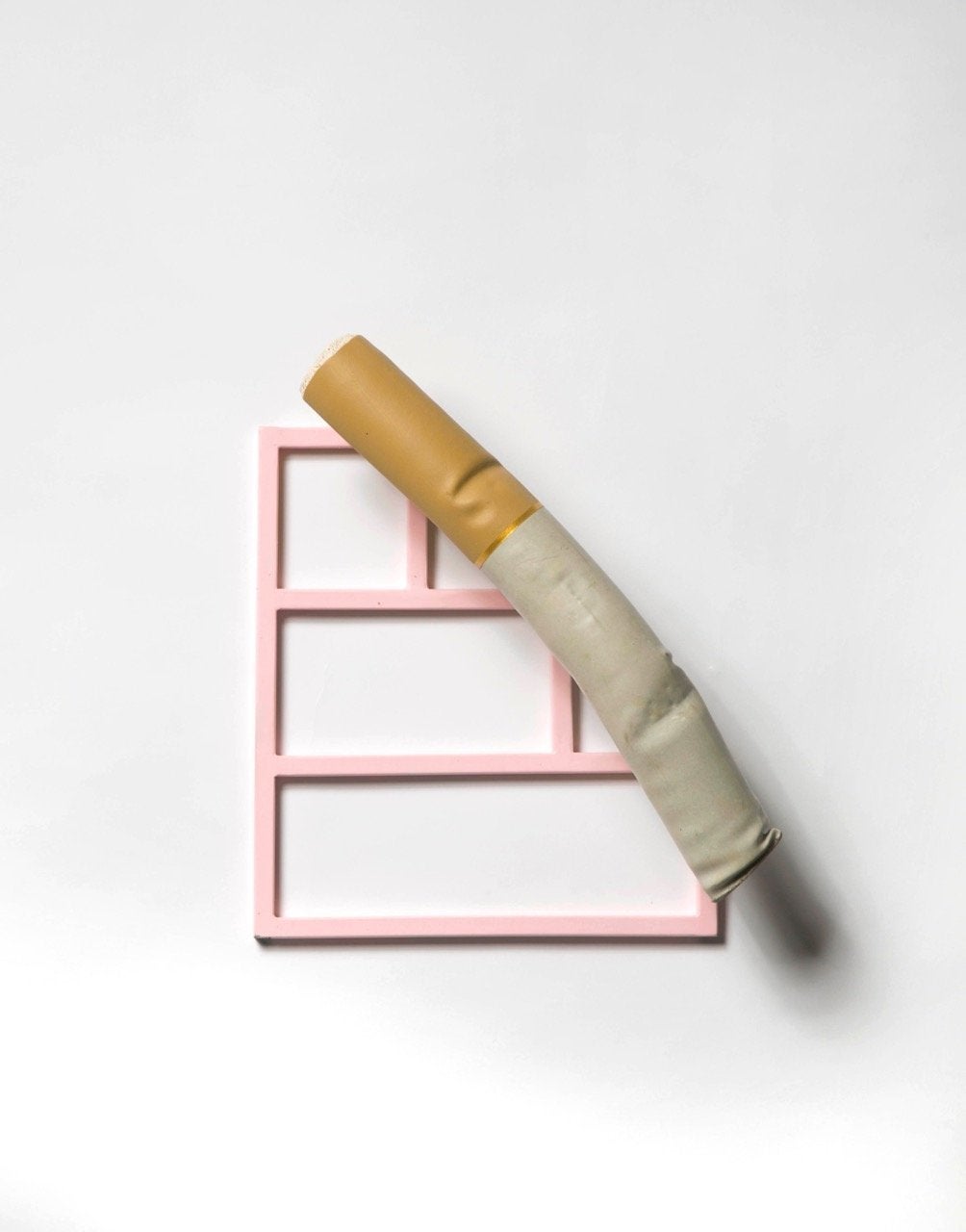
In Belanger's geometric sculptures, a limp cigarette hangs lifelessly over a rigid, steel and wood sculptures, like an exhausted limb desperate for a breather. From another angle, the cigarette's soft dimensions almost resemble the female form, draped sensually over severe architectural scenes like a lounge singer at a piano bar.
In the painting "Peter the Last Drag is for You," flattened, abstracted cigarettes float amongst pastel-colored, geometric shapes resembling Donald Judd sculptures. Breaking down the cigarettes into minimalist beige rectangles and red circles, Belanger shows just how iconic the packaged goods have become.
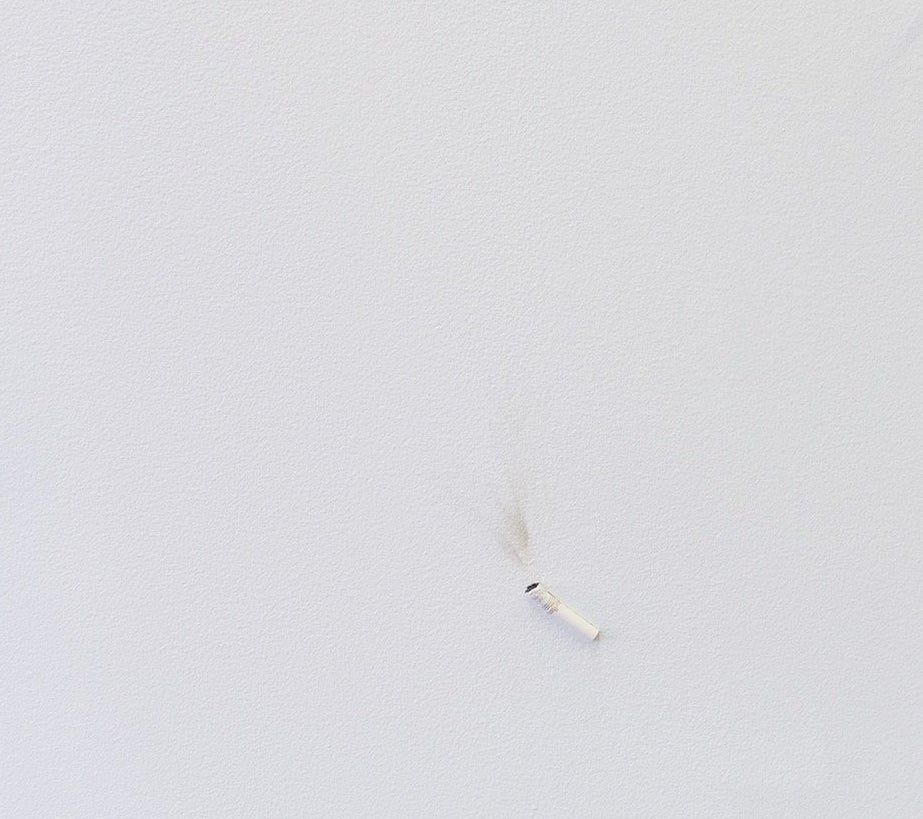
In Irini Miga's barely there "A Scratch on the Wall, A Moment Embedded In," the artist puts out a single cigarette on the gallery wall, its carbon dioxide, water vapor, oxygen and nitrogen smudged in a ghostly stain alongside it.
The sculpture, nearly imperceptible in its slightness, mimics the nearly imperceptible feeling of smoking a cigarette, momentarily placing yourself in a time capsule where your surroundings become briefly magnified and crystallized. The small smudge brings physicality to the often invisible puffs of stuff that fade into the surrounding air, translating the magical feeling into a dirty, gray haze.
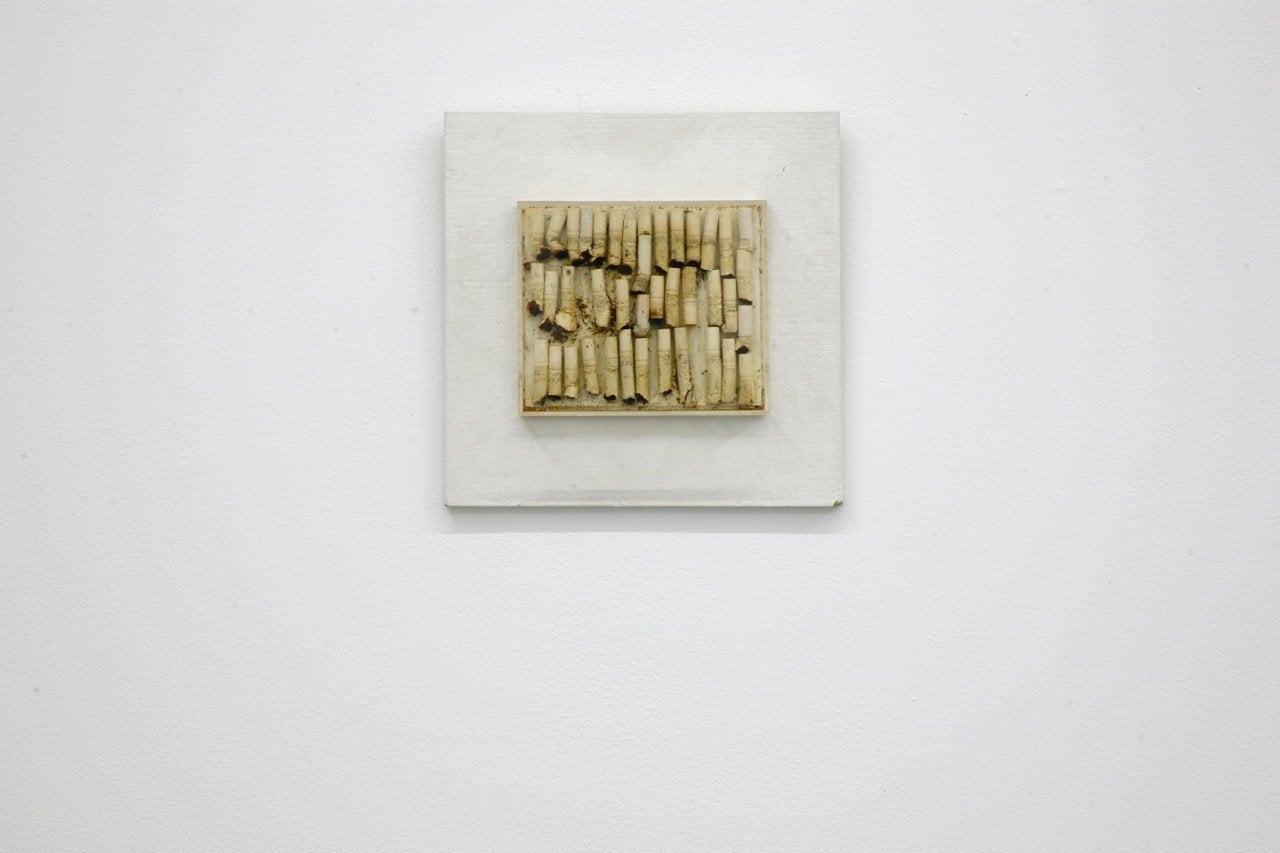
The late artist Ilse Getz's 1965 "Cigarette Collage VII" showcases used cigarettes smoked by the artist. Every individual cig, packed into the frame amongst its kin like paper sardines, bares its mutilated remains uniquely. Some are smoked down to the filter while some maintain half their original height, some have their black insides gushing out while others swallow themselves up. The piece privileges what's often quickly discarded, allotting value to an object whose life has been literally sucked out of it.
The only figurative painting in the show belongs to Celeste Dupuy-Spencer, whose "Mark Hits The Floor" depicts a red-faced man, face down, cig in mouth, gazing longingly at another fallen cigarette. Reminiscent of Dana Schutz's cartoon-expressionist style, Dupuy-Spencer's piece subverts the typical ads featuring a male smoker as cool, mysterious and in control, offering up a hungover hot mess with a single earring.
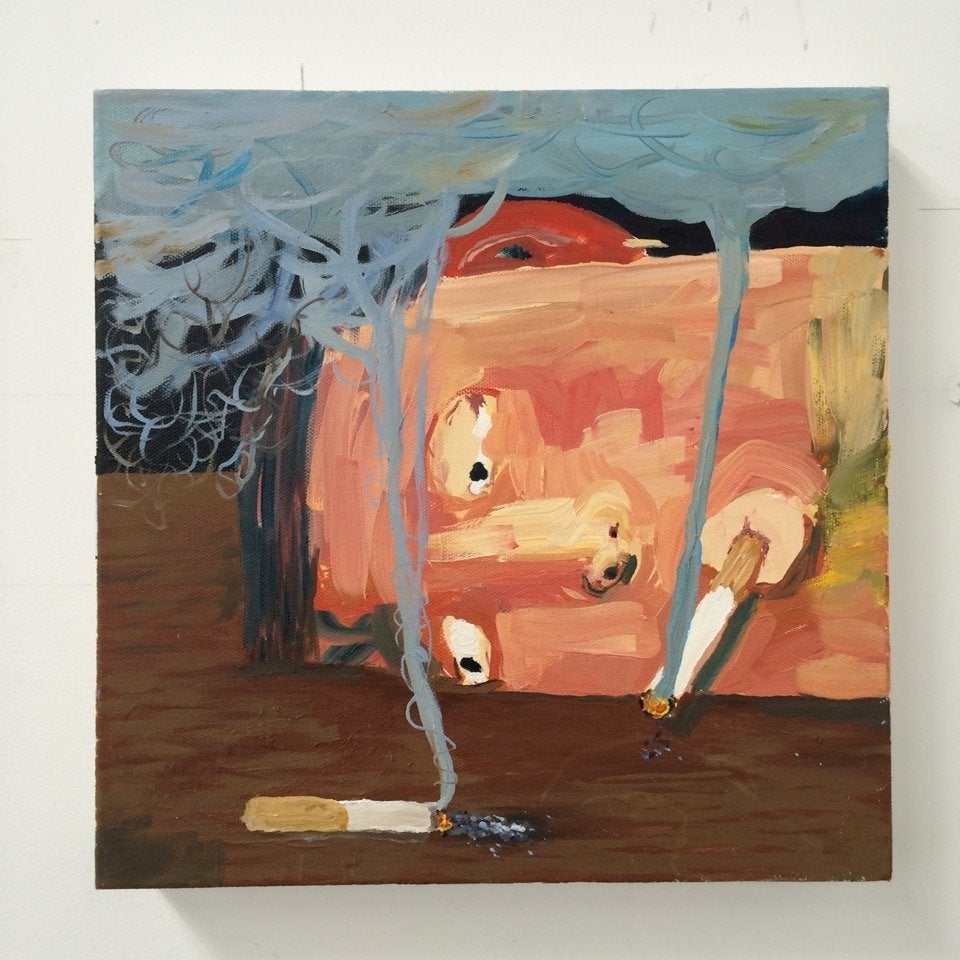
Finally, Anne Doran’s 1988 aluminum sculpture "Tomato Surprise" provides a layered glimpse at cigarette's convoluted relationship with advertising. The term "tomato surprise" references a literary trope in which the plot is resolved with the sudden yet casual revelation of a crucial detail long kept hidden from the audience, normally something the reader might reasonably have expected to have been told up front. The phrase, introduced in a 1980 edition of Isaac Asimov's magazine, stems from the writer's own crucial omission -- that one of his protagonist's was in fact a tomato.
Doran's aluminum collage shows images of a topless woman holding a cigarette, a field of men bowhunting, and a vintage-looking advertisement of a heinous looking tomato creation. The piece recalls an image board meant to inspire both men and women to desire a smoker's lifestyle, while hinting at the obvious details omitted from said advertisements.
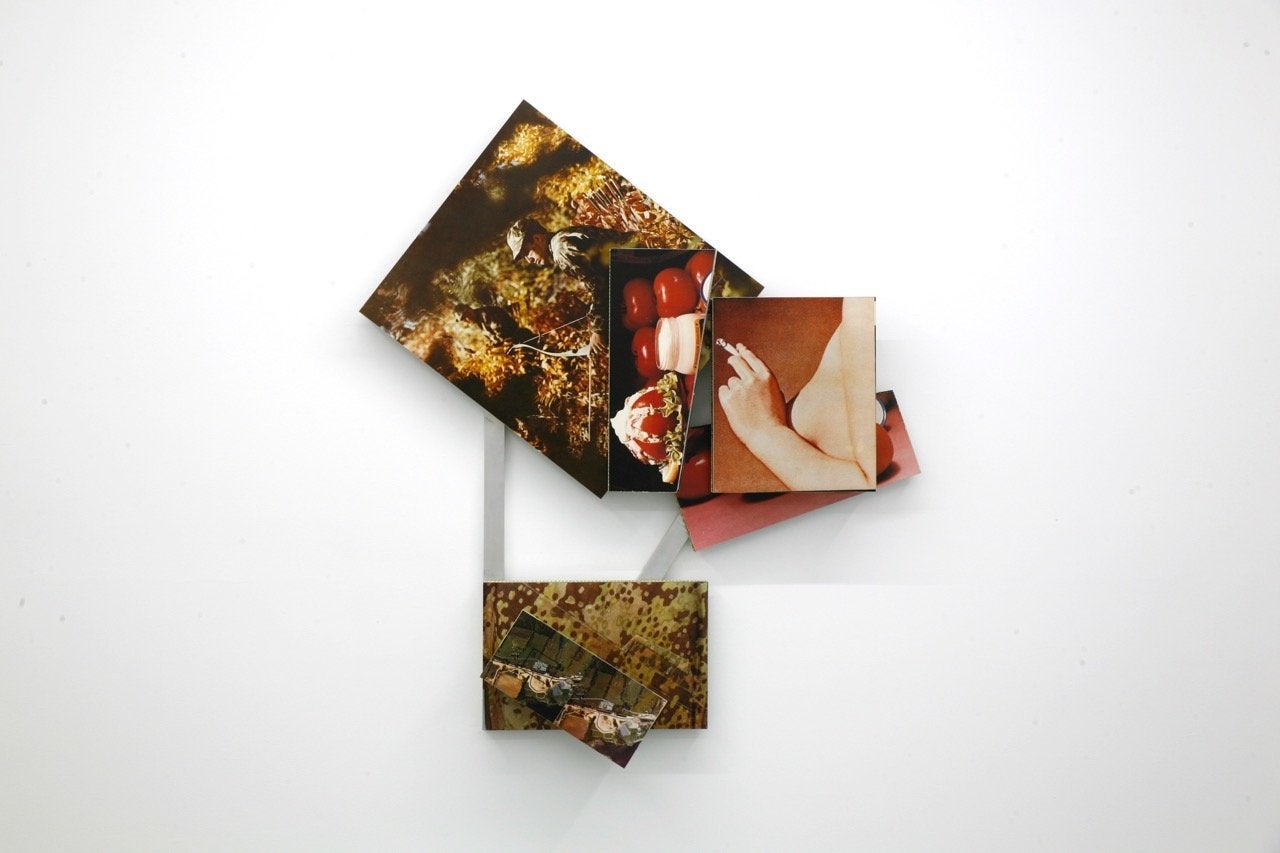
"Frida Smoked" examines the relationship between women artists and cigarettes twofold. First, it questions what smoking suggests about a woman, and how these clichés play into our perceptions of others and ourselves. What is it about being a lady artist that makes the damn things so appealing? Second, the show examines cigarettes from an artist's lens, exploring not just their history and cultural weight but their literal weight, feel and stature. The way they float effortlessly between your fingers, hang softly between your lips, transforming real life into something just like it, but sharper.
In that way, smoking a cigarette can be like stepping into an art gallery. You're feeling a bit cooler, or maybe just performing as such. Your environment is heightened and your senses razor-edged, if only for a brief period of time.
"Frida Smoked" runs until June 19, 2016 at Invisible-Exports in New York.
